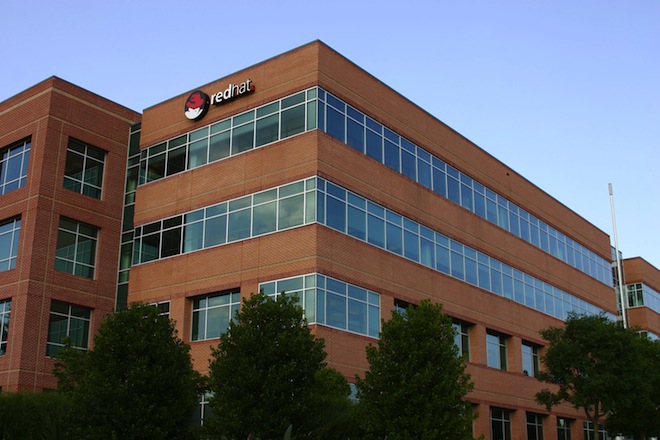Red Hat will be the first billionaire company in the world of open source software

A seventeen year old software company from Raleigh, North Carolina, is due to publish its 2012 earnings report next Wednesday. If everything goes well, the amount of income should exceed a billion dollars mark.
This marks the first time that an open source company overcame a $ 1 billion barrier - something that seemed very close to incredible back in 1993, when the first CEO of Rad Hat, Bob Young, made AAC Corporation successful, as Red was then called Hat. At that time, her business was based on Linux as much as selling books.
Many companies tried to make money on Linux - Intel, IBM, Dell, and others, using it as an opportunity to sell equipment and provide technical support. But Red Hat took up a deft business, creating a software platform for which big business is willing to pay. And corporations love Red Hat Linux because it is certified to work with a large number of applications they use. This means that when they call technical support for Oracle or SAP, they will not have to wait.
')
Developed software open source projects are countless. Just a few of them are successful, even less successful commercially, says Walter Pritchard, a financial analyst at Citigroup. “This is the case when you need to be in the right place at the right time.”
Since Red Hat sells annual subscriptions to its products, and then gradually and evenly registers its revenues throughout the year, its profit is easy to predict. The company has already announced in June last year that its revenues will exceed a billion. But she refused to comment on this statement.
Pritchard believes that Red Hat should announce the receipt of more than a billion dollars in annual revenue on Wednesday at the close of the market. But he also considers it necessary to take into account other open source companies that have come closer to this line. What we can not disagree with.
In fact, despite all the chatter about the destructiveness of the free software business model, Red Hat is rapidly emphasizing its uniqueness, supported by practice. Its closest rival, SuSE Linux, declared annual sales totaling just 170 million. When she decided to enter the stock market in 2006, the annual income of the manufacturer of open-source MySQL databases was only 50 million.
For the most part, Red Hat makes money from the efforts of a much larger community that created Linux and made it a viable platform for software developers, ”said George Weiss, an analyst at Gartner, a technology research company. But Red Hat also had a hand in this. "We must pay tribute to Red Hat for the popularization of the business model that is monetized through a subscription to support," he added.
Source: https://habr.com/ru/post/141016/
All Articles